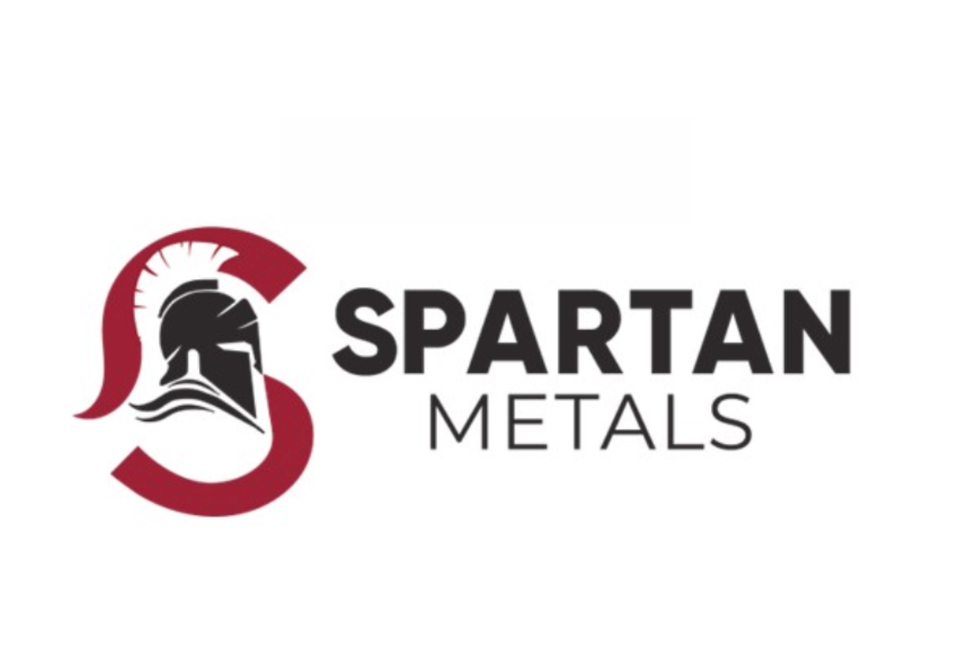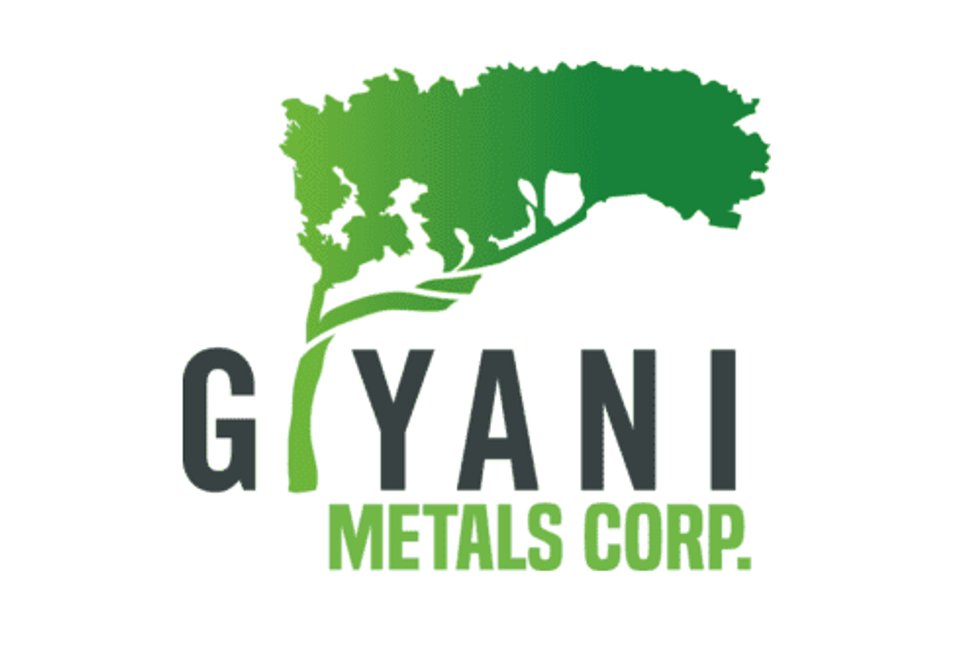Manganese Outlook 2020: Strong Growth Expected in Coming Decade
Read on to find out what experts, CEOs and market participants had to say about the 2020 manganese outlook.

Click here to read the latest manganese outlook.
Manganese was under pressure in 2019, with prices declining faster than many expected.
Although it is not widely known, manganese is extensively used in metallurgy. In fact, by tonnage the metal is the fourth most common, just after iron, aluminum and copper.
But what will happen to manganese next year? To find out, the Investing News Network reached out to companies in the space to get their thoughts on what’s ahead for the battery metal in 2020.
Manganese trends 2019: Sharp price decline
After two years of volatility, manganese performed with relative stability in 2018 as Chinese contracts had less of an impact on supply and demand dynamics than in previous years.
But 2019 saw the market swing back to volatility, with prices declining almost 30 percent in H2.
According to CRU Group, steel production in China grew strongly during 2019, offsetting weakness in other markets, notably Europe, where activity remained subdued for much of the year.
“It was a poor year for automotive steel demand, and the uncertainty caused by trade wars and developments around the conflict in Syria had an impact in many markets,” Clare Hanna, senior analyst at CRU Group, said. “However, for manganese ore, the negative effects were largely offset by the strength of demand in China, at least for the first three quarters of the year.”
The story changed in August, when steel production in China began to falter while imports of manganese ore into the Asian nation soared.
“The outcome was a very sharp fall in ore prices,” she said. “By early November, the price had fallen by about 30 percent — stocks in China surged and mines started to cut output.”
At the end of last year, Phil Thomas, CEO of AIS Resources (TSXV:AIS,OTCQX:AISSF), was expecting the manganese market to soften.
“(We expected that because) steel prices were softening and supplies of ore on the docks were increasing to over 4 million metric tons, whereas it is usually 2 million to 3 million metric tons,” he said.
The executive from AIS Resources, which is developing manganese projects in Peru, said he underestimated supply coming from Africa, which now holds about 65 percent of stockpiles.
In fact, according to the US Geological Survey, South Africa is the world’s largest producer of manganese by a long shot, and in 2018 its output of the metal sat at 5.5 million metric tons. Gabon and Ghana also made the top 10 list last year, reaching 2.3 million and 850,000 metric tons, respectively.
The steel industry is the primary user of manganese metal, consuming it as an alloy in steel production to enhance the strength and workability of the key construction material.
In all, the industry consumes 90 percent of produced manganese, using it as a deoxidizing and desulfurizing additive and as an alloy constituent. Among other things, manganese can improve the strength, toughness and stiffness of steel.
But demand from the steel sector has been sluggish in 2019.
“Construction activity in China, which had fuelled steel demand growth, stuttered over the summer, while the weakness in the global automotive sector shows no sign of ending,” analysts at CRU Group said.
Manganese outlook 2020: Major growth ahead
When looking at what’s ahead for the space in 2020, Justin Brown, managing director of Element 25 (ASX:E25), said the high-purity manganese market is a two stage story.
“It has the traditional end uses in steel, and that market is fairly stable, but has suffered a little bit this year under the US-China trade war,” he said. “But once that is resolved, the fundamentals will be restored in that space and prices should improve.”
Meanwhile, battery-grade manganese sulfate, which is a key component in the lithium-ion batteries used to power electric vehicles, is a year-on-year growth story, Brown explained.
“Five years ago the market was extremely small,” he said. “We expect a strong growth story around manganese sulfate for batteries, depending on what chemistries are most popular on batteries. (That) will drive how big that growth curve is, but we should see strong growth into the future.”
Element 25 is developing the Butcherbird project, with results from a prefeasibility study expected in the next few months.
Similarly, according to research firm Roskill, though steel will continue to dominate manganese demand, consumption of manganese in batteries is expected to grow rapidly over the next decade.
“There remain many uncertainties concerning how fast the growth of manganese consumption in batteries will be and which manganese products and production processes will be required to fulfill the demand from lithium-ion batteries,” Roskill analysts said. Lithium-ion batteries are used to power everything from electric cars to laptops.
AIS Resources’ Thomas expects more of the same in terms of supply and prices, despite the promising uses of manganese in the lithium-ion battery sector.
“We don’t expect a big upsurge in manganese battery demand as the number of vehicles sold globally is still less than 1 percent of all sales — approximately 1.2 million,” Thomas said.
His best suggestion for investors new to the space is to watch the market carefully.
“(Prices) can go up as fast as they went down … which means well-managed portfolios of supply and trading will make significant profits,” he said.
AIS Resources is currently in negotiations with new suppliers in Africa, Panama and Bolivia.
“We have new ‘jumbo’ buyers in China and Japan,” Thomas said. “We are diversifying by being involved in gold production, lithium production technologies and manganese ore trading.”
For CRU Group’s Hanna, global crude steel production will be very slightly higher in 2020 compared to 2019, with the implication that manganese demand will be slightly higher too.
“Given forecast growth in demand we expect manganese ore prices to recover,” she said. “Our forecast for manganese ore demand is unchanged in the medium term, and our base case for supply also indicates the market should be in balance.”
That said, she warned of risks, such as high stocks in China, high levels of exports to China, demand from China weakening more than expected and a significant increase in supply.
“As ever, watch China,” she said. “It is the largest consumer of manganese ore and the demand/supply balance there drives the global price.”
In terms of companies to watch, Hanna suggested investors keep an eye on news from Eramet (OTC Pink:ERMAY,EPA:ERA), GMC’s Nsuta, South 32 (ASX:S32,JSE:S32,OTC Pink:SHTLF) and FerroGlobe (NASDAQ:GSM).
Don’t forget to follow us @INN_Resource for real-time news updates!
Securities Disclosure: I, Priscila Barrera, hold no direct investment interest in any company mentioned in this article.
Editorial Disclosure: AIS Resources is a client of the Investing News Network. This article is not paid-for content.
The Investing News Network does not guarantee the accuracy or thoroughness of the information reported in the interviews it conducts. The opinions expressed in these interviews do not reflect the opinions of the Investing News Network and do not constitute investment advice. All readers are encouraged to perform their own due diligence.



